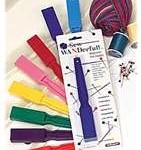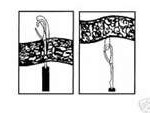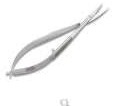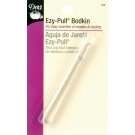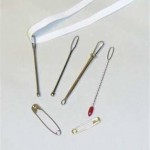FINALLY, after 12 years of almost everyday use, I disposed of my old self-healing mat by Olfa and purchased a brand new smooth, shiny one!!! So now my pictures will have a pretty background. Still has that new “stinky” smell, which I will help alleviate by rubbing it down with 1 part water to 1 part white vinegar.
I just love having ready access to this mat. The one I use consistently is the 18″ x 24″ size. My serger table, designed by me and built by my talented hubby, has an extended side which this mat fits on perfectly. So I have it readily available for trimming seams, cutting out fabric, designing patterns, working on crafts, whatever is happening in my sewing room.
I have the small version and the extra-large mat too. Can you tell that I just love using these mats. The smaller size is great for any sewing/quilting classes, fits easily into a tote for commuting and doesn’t take up a large space when sharing a table with other people in your class.
The extra-large mat is a good to use for actually cutting out your fabric and patterns. Works great on a kitchen table, especially if you have limited space for preparing sewing projects.
These mats store away easily but you do want to insure that you don’t fold or bend them. They will stand nicely behind a storage bin or slid easily behind a bookcase. You don’t want them to come into direct contact with the hot sun or a heating vent. If left in a car, for example, the hot sun can actually distort the mat causing it to bend out of shape and you can never, I mean never, get it back flat again!!
If you have the space, there is a very, very large self-healing mat that is wonderful for doing drapery treatments or cutting out several patterns at once. The measurement size on the mat itself is 44″w x 92″ long, marked off in 1 inch block increments on the entire face of the mat. The actual mat itself measures 48″ x 96″. Feel free to check out Megamat Pro and Sew Fit Cutting Mat for these very special mats.
Off now to cut out a new tote on my new mat!!
HAPPY CREATING!!
Disclaimer: This post contains affiliate links – “small commission earned”
